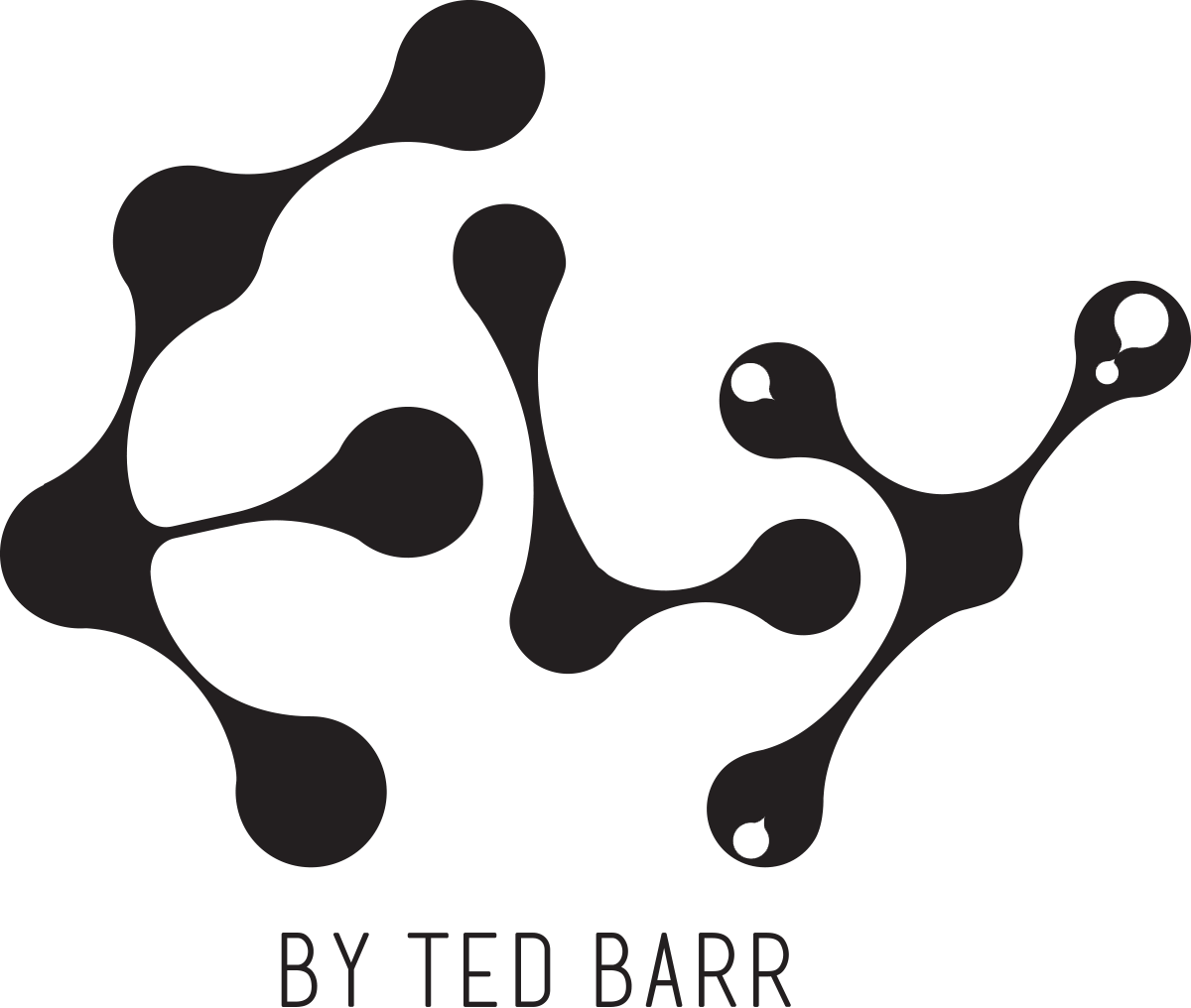Elephant in Snow – Dwellings Upon Artworks’ Names
A seven-year-old boy once walked into my studio. He stopped in front of one of my Galaxy Deep Space artworks, stared at it with wide, wondering eyes, and asked, “What’s the name of this lizard?”
His father, a longtime collector of mine, chuckled and began to explain, “It’s a galaxy. Don’t you see?”
“If the young fellow sees a lizard…“I said, “Then it is a lizard.”
I often share this moment in my workshops because it speaks volumes about a natural art dialogue. Without the viewer, an artwork is nothing more than pigment and texture on a canvas, gathering dust in a hidden storage. It’s the viewer’s interpretation that breathes life into the artwork, sometimes imbuing it with meanings that never crossed my mind.
And this leads me to the delicate, almost sacred task of naming an artwork. I spend hours, sometimes days, sitting with a finished painting, searching for the name that feels like a heartbeat—something that identifies it as much as the brushstrokes do. But then I wonder, does it really matter? Why not just call it Untitled and move on? There’s a kind of mystery in that—an allure in not giving everything away.
Still, there are times when I want to gently guide the viewer’s gaze, to whisper a hint of the story behind the piece. If I’m present at a show, I can speak, explain, share. But when I’m not there—when the artwork floats alone in the digital realm, unseen but for a thumbnail and a title—the name becomes its only voice. That’s why I spend so much time with these decisions.
This piece—this small reflection—I’ve titled ‘Elephant in Snow’. It perfectly captures how I arrive at the names of my artworks.
It began with a journey—crossing the snowy Alps from Turin to Lyon in an RV, caught in a storm that blanketed the world in white silence. I was at the wheel, Orly, my wife, snapping photographs through the windows. Only later, back home, did I begin to see the quiet magic in those images. A new art series was born—Alps. Most of the works are in stark black and white, ghostly trees and heavy clouds.
But one painting stood apart. As I stared at it, something emerged from the snow—a dark wide eye, then the gentle curve of a trunk. An elephant. At first it was barely there, a suggestion, a shadow. But once I saw it, I couldn’t unsee it. It was no longer a landscape. It was ‘Elephant in Snow’.
Only after naming it, after the final layer had dried, did I begin to contemplate what it really meant. Elephants don’t belong in the Alps. They live under the sun, in warm lands far from this cold scene. The only elephants that ever crossed these mountains were Hannibal’s, over 2,000 years ago—ancient war machines on a doomed crusade.
But here, in my studio in Tel Aviv, an elephant walks through snow, trunk raised as if in triumph. And in this moment, art becomes the impossible made visible. It becomes poetry with pigment.
There’s another layer—something I call personal translation. What each of us sees in a painting is not truth, but a mirror. One person might laugh, remembering a joyful elephant ride in Rajasthan. Another might weep, reminded of childhood teasing or the weight of a nickname they carried like a burden.
And then, if we’re lucky, something miraculous happens: personal interpretation becomes shared emotion. A painting no longer belongs to the artist or the viewer alone. It becomes a collective experience, something larger than ourselves. It becomes not just an elephant in snow—but a prove for a miracle in every human being who believes in the unexpected, the extraordinary, the unbelievable. The most powerful force in our body is the power of the mind, our body is limited by the skin but our mind can reach the stars. The fact that an elephant walks on the snow in my studio in Tel Aviv says that I can build an alternative home on the Andromeda Galaxy, which is the artwork I placed in my studio next to the ‘Elephant in Snow’, two windows into alternate homes. One grounded in winter white, the other dancing among distant stars. And both are proof that inspiration and imagination lives right here, in my studio on a distant, remote, and quiet corner of the Milky Way.
